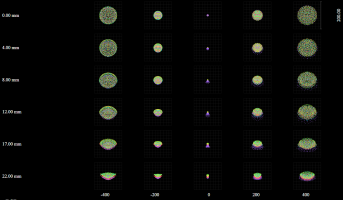I bought the EF version if the Sigma $135 1.8 for about $1,200. I doubt the an RF 1.8 would be $1,500 more. I would guess $1,700-$1,900, and not sure about an f1.4 (I love my EF 135 f/2. I don't really need an RF version, but I hope they make one in the unlikely event i need to replace mine in the future. I think an RF 135 F/2 would be $1500-1700. That's about a 30% premium to what the EF was going for if I recall correctly (which I may not be). A 1.4 would be around $4k. a 1.8 probably $2500-2700. So that's a factor as well.
Brian
Upvote
0

